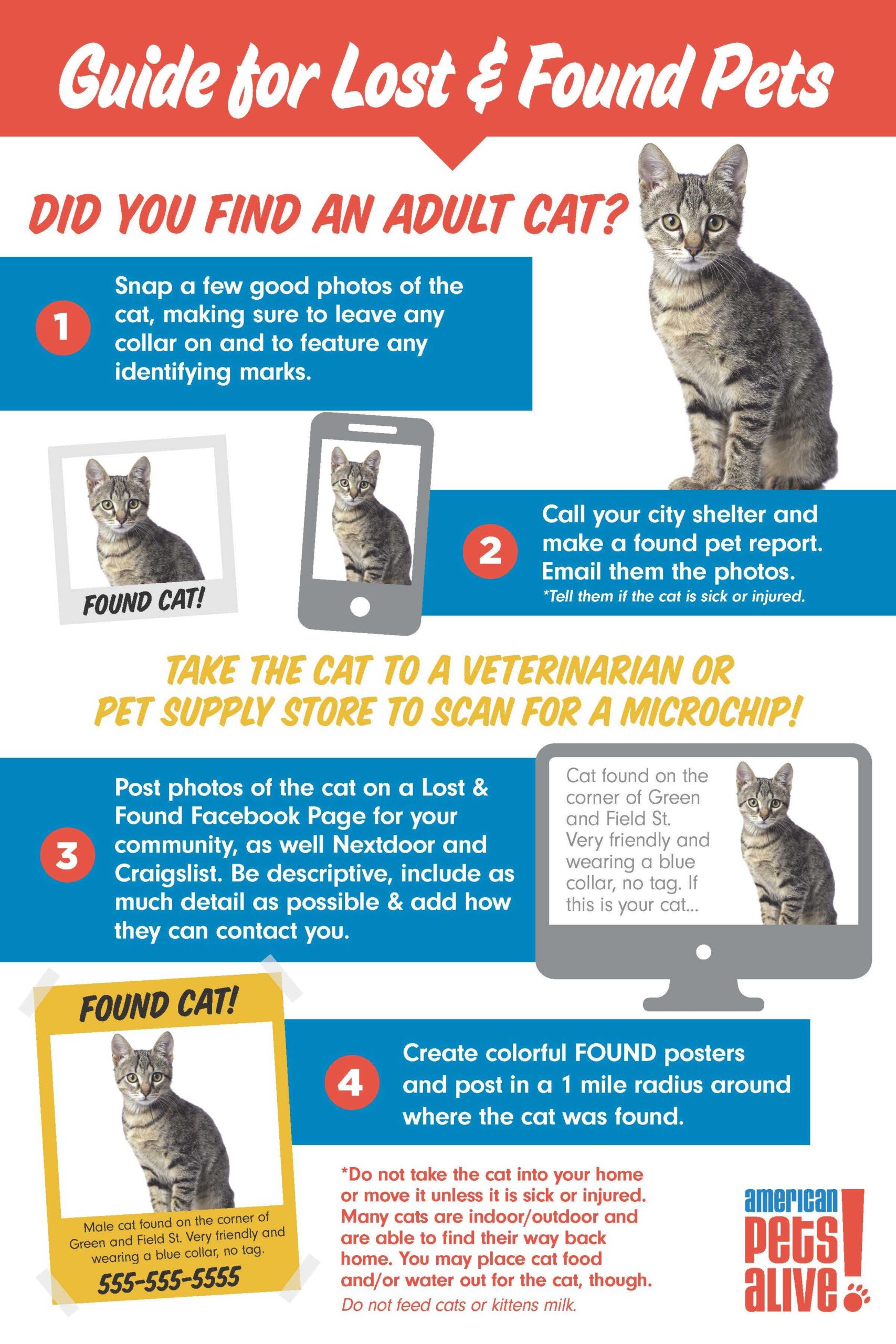If you find a cat without a collar, check for signs of distress or injury. Contact local shelters or vets for guidance.
Finding a cat without a collar can be concerning. The absence of a collar might mean the cat is lost or stray. Start by observing the cat’s behavior and physical condition. Look for any signs of injury, malnutrition, or distress.
Approach the cat slowly and calmly to avoid scaring it. If the cat seems friendly and approachable, you can try to check for any identification like a microchip. Contact local animal shelters, rescue groups, or veterinarians to report the found cat. They can offer advice and might help in locating the cat’s owner. Taking quick and thoughtful action can reunite the cat with its family or ensure it gets the care it needs.
Assess The Situation
Look at the cat closely. See if it has any cuts or bruises. Gently touch its legs and body. Check if the cat flinches or cries. This might mean it is hurt. Use a flashlight to see clearly at night. If the cat is injured, it needs help quickly. Contact a veterinarian or an animal rescue group.
Watch how the cat acts. A friendly cat might be lost. A scared cat might be a stray. Listen for purring or hissing. These sounds tell you how the cat feels. Check if the cat is meowing a lot. It could be hungry or thirsty. Offer some food and water. This helps to earn its trust.
:strip_icc()/GettyImages-477238849-9b58e838116d4bdcadc217e4d3d539d2.jpg)
Credit: www.thesprucepets.com
Approach The Cat
Stay calm and move slowly. The cat may be scared. Watch its body language. Do not make loud noises. Extend your hand gently. Let the cat sniff you. Do not force it to come closer.
Use food to gain the cat’s trust. Offer small pieces of tuna or chicken. Avoid giving milk. Place the food near the cat. Step back and give it space. The cat might come to eat. This can help you get closer.
Secure The Cat
A cat carrier is the safest way to transport the cat. Make sure the carrier is clean and comfortable. Place a soft blanket inside. This will make the cat feel more secure. Leave the carrier open. Let the cat explore it on its own. Never force the cat inside.
Approach the cat slowly and calmly. Use a soothing voice to reassure it. Extend your hand for the cat to sniff. If the cat seems nervous, give it some space. Use a towel or blanket to gently pick it up. This prevents scratches and makes the cat feel safe. Place the cat carefully into the carrier.

Credit: www.wikihow.com
Check For Identification
First, take the cat to a vet or animal shelter. They have scanners to check for a microchip. This chip has the owner’s contact information. The process is painless and quick for the cat. If a chip is found, the vet can contact the owner immediately.
Some cats have tattoos as identification. These tattoos are usually found inside the ear or on the inner thigh. They often include a code or number. This code helps trace the owner. A vet can help decipher the tattoo if it’s hard to read.
Contact Local Authorities
Animal control can help find the cat’s owner. Give them a description of the cat. Share the location where you found it. They may scan for a microchip. This helps identify the owner. They can also take the cat to a shelter. This ensures the cat is safe.
Shelters often have lost and found boards. Check if anyone is looking for the cat. Leave the cat’s photo and your contact information. Shelters can also check their records. This helps match the cat to its owner. Some shelters have online databases. Use these to post the cat’s details.
Post On Social Media
First, find local community pages on Facebook. These pages are great for sharing lost pet information. Make a post with a clear photo of the cat. Include details like the location found and any unique features. This helps people recognize the cat. Many neighborhoods have their own groups. Join and share your post there too. Don’t forget to check the comments regularly. Someone might recognize the cat.
Create a detailed lost pet post. Use clear and simple language. Add a recent picture of the cat. Mention where you found the cat. Include any special markings or behaviors. Share this post on your personal profile. Ask friends and family to share too. The more people see the post, the better the chances of finding the owner.
Visit A Veterinarian
A vet can check the cat’s overall health. This includes checking for injuries. The vet will also look for signs of illness. This step is important for the cat’s well-being. The vet can give vaccinations if needed. It’s essential to ensure the cat is healthy before taking further steps.
Vets can scan for a microchip. A microchip helps identify the cat’s owner. It’s a small chip under the cat’s skin. The vet uses a special scanner to read it. If a chip is found, contact the owner. This helps reunite the cat with its family.

Credit: twitter.com
Consider Adoption
Think about your current lifestyle. Do you have time for a new pet? Cats need daily care and attention. They also need regular veterinary visits. Ensure you have the financial means to support a cat. If you have other pets, consider how they will react. Some pets may not welcome a new friend easily. Take your allergies into account too. This will help you make an informed decision.
Set up a safe space for the cat. A quiet room works best. Provide essential items like food, water, and a litter box. Cats need time to adjust to new environments. Offer a cozy bed and some toys. This will make the cat feel more comfortable. Check your home for hazards. Ensure windows and balconies are secure. Remove any toxic plants or substances.
Frequently Asked Questions
Is A Cat Without A Collar A Stray?
A cat without a collar isn’t necessarily a stray. It could be a pet cat that lost its collar. Check for other signs like behavior and condition.
Can You Track A Cat Without A Collar?
Yes, you can track a cat without a collar. Use GPS trackers or microchips for accurate tracking.
Do Cats Legally Have To Wear A Collar?
No, cats do not legally have to wear a collar. Some areas may have specific regulations, so check local laws.
Can I Put A Collar On A Stray Cat?
Yes, you can put a collar on a stray cat. Ensure it fits well and has an ID tag.
Conclusion
Finding a cat without a collar can be concerning. Ensure its safety by checking for identification. Contact local shelters and veterinarians for assistance. Remember, acting quickly can help reunite the cat with its owner. Your kindness could make a huge difference in a lost pet’s life.

Hello, this is Frank Swanson, the owner, and operator of Pet Info Hut. I created this website as a way to share my love of pets with the world. I have over 7 years of experience working with animals, and I have a passion for helping people care for their pets. I hope that you find my website useful and informative. Thanks for visiting!
